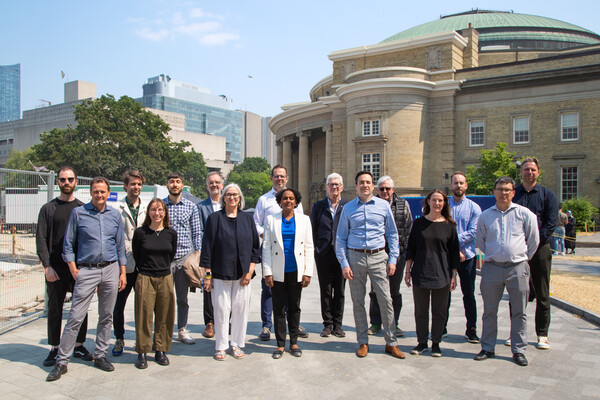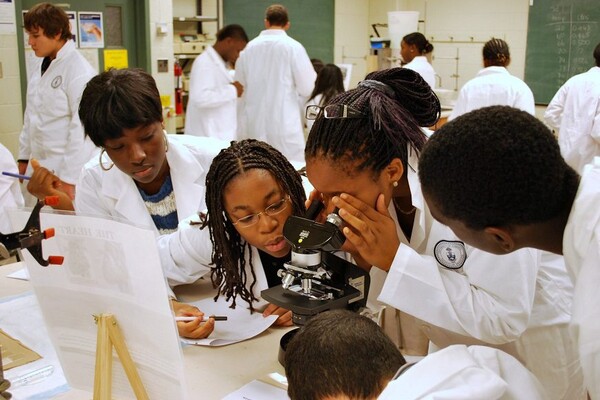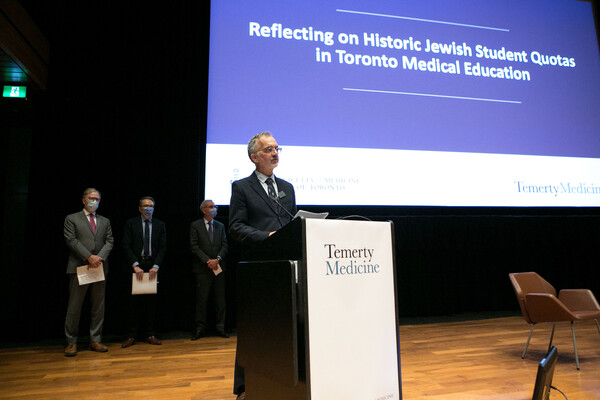Main Second Level Navigation
Dec 21, 2021
Light at the End of the Tunnel
Students, Research, Education, Alumni, Faculty & Staff, Giving, Partnerships, Inclusion & Diversity
Cells transplanted into the retina transfer materials to recipient cells through nanotubes.

Photo courtesy of UHN
The nanotubes observed by Dr. Wallace are analogous to human-made tunnels. Instead of connecting cities separated by mountains, the nanotubes serve as a conduit between photoreceptor cells that are transplanted into the retina at the back of the eye and e


